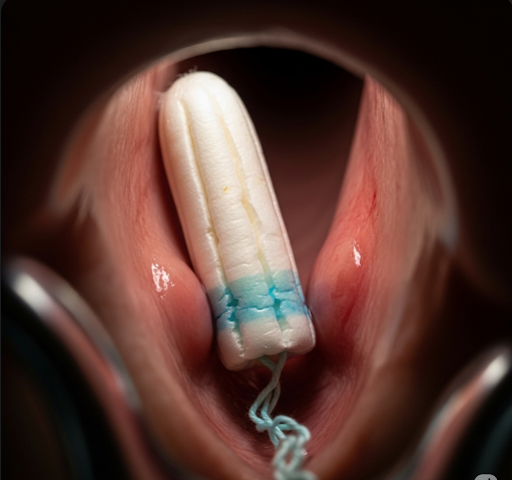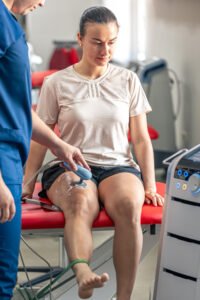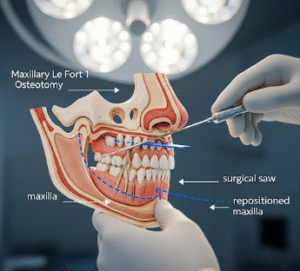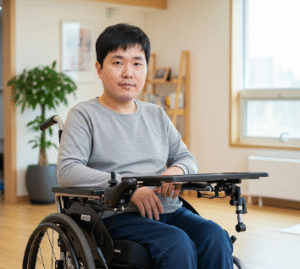Overview
A retained tampon is a gynecological condition in which a menstrual tampon remains inside the vagina for an extended period, potentially leading to infection, inflammation, and systemic complications. This condition is preventable but can occur due to forgetfulness, irregular menstruation, or difficulty removing the tampon. In South Korea, modern gynecological clinics and hospitals provide comprehensive care for retained tampons, including diagnostic imaging, safe removal procedures, infection control, and education on menstrual hygiene practices to prevent recurrence.
What is a Retained Tampon?
A retained tampon occurs when a tampon remains in the vaginal canal beyond the recommended duration of use, typically 4–8 hours depending on flow and product type. Retention may lead to bacterial overgrowth and inflammation, creating a risk of local and systemic complications. The condition can range from asymptomatic to severe, depending on duration and individual susceptibility. Healthcare providers in South Korea emphasize early identification and safe removal to prevent adverse outcomes.
Symptoms
Symptoms of a retained tampon can vary widely and may include:
- Foul-smelling vaginal discharge
- Vaginal discomfort or a feeling of fullness
- Lower abdominal or pelvic pain
- Irritation, redness, or swelling of the vaginal tissue
- Fever or malaise in cases of systemic infection
- Difficulty urinating or constipation due to pressure on nearby organs
- Signs of toxic shock syndrome in severe cases, including sudden high fever, hypotension, and rash
Some individuals may remain asymptomatic initially, highlighting the importance of routine menstrual hygiene and prompt medical evaluation when a tampon is missing.
Causes
Retained tampons usually result from mechanical or behavioral factors:
- Forgetting to remove the tampon at the end of the menstrual cycle
- Incorrect insertion that makes removal difficult
- Irregular menstrual cycles leading to unnoticed tampon retention
- Physical or cognitive limitations that impede removal
- Inadequate education on menstrual hygiene practices
In rare cases, vaginal anatomical anomalies or pelvic organ prolapse may contribute to difficulty in tampon removal. South Korean gynecologists assess these factors during clinical evaluation to prevent recurrence.
Risk Factors
Certain factors increase the likelihood of a retained tampon:
- Inexperience or lack of education regarding tampon use
- Irregular menstrual cycles or spotting that masks presence
- Cognitive impairment or memory issues
- Physical disabilities affecting hand dexterity or vaginal access
- Use of highly absorbent or compacted tampons that are harder to remove
- Previous history of retained tampon episodes
In South Korea, menstrual health education in schools and clinics emphasizes proper tampon usage, changing schedules, and safe removal techniques.
Complications
If left untreated, a retained tampon can lead to serious complications:
- Vaginal infection: Bacterial overgrowth leading to vaginitis
- Pelvic inflammatory disease: Spread of infection to uterus, fallopian tubes, or ovaries
- Toxic shock syndrome (TSS): Rare but life-threatening systemic infection caused by bacterial toxins
- Ulceration or local tissue damage: Prolonged exposure causing irritation or injury to vaginal lining
- Foul odor and social discomfort: Persistent infection can affect quality of life
- Psychological distress: Anxiety or embarrassment associated with retained menstrual products
Prompt medical attention in South Korea ensures safe removal, infection management, and prevention of systemic complications.
Prevention
Prevention of retained tampon is straightforward and relies on proper menstrual hygiene practices:
- Timely changing: Replace tampons every 4–8 hours depending on flow
- Correct insertion and removal: Follow product instructions carefully
- Use of appropriate absorbency: Match tampon absorbency to menstrual flow to reduce retention risk
- Education and awareness: Understand the importance of checking for removal after each menstrual cycle
- Alternative products: Consider pads or menstrual cups if frequent retention occurs or difficulty arises
Korean gynecological clinics provide patient education and community programs promoting menstrual health to minimize the risk of retained tampons.
Treatment Options in Korea
Treatment of a retained tampon depends on the duration, symptoms, and presence of infection:
Diagnosis:
- Physical examination, including visual inspection and vaginal palpation
- Imaging studies such as ultrasound if the tampon is not easily located
- Laboratory tests for infection markers if systemic symptoms are present
Medical Treatments:
- Manual removal: Performed by a healthcare professional under sterile conditions
- Use of instruments: Forceps or speculum-assisted removal in cases where the tampon is high in the vaginal canal
- Antibiotic therapy: Prescribed if local or systemic infection is detected
- Supportive care: Pain management and anti-inflammatory medications as needed
Hospital Interventions:
- In rare cases of deep or complicated retention, minor surgical procedures may be required
- Management of toxic shock syndrome in intensive care if the patient develops severe systemic infection
Preventive Education:
- Instruction on correct tampon use and regular changing schedules
- Follow-up counseling to prevent recurrence
- Provision of menstrual hygiene guidance for adolescents, adults, and special populations
South Korea’s gynecological and women’s health centers offer comprehensive care that addresses both the physical and educational aspects of retained tampon management, ensuring rapid resolution and long-term prevention.













